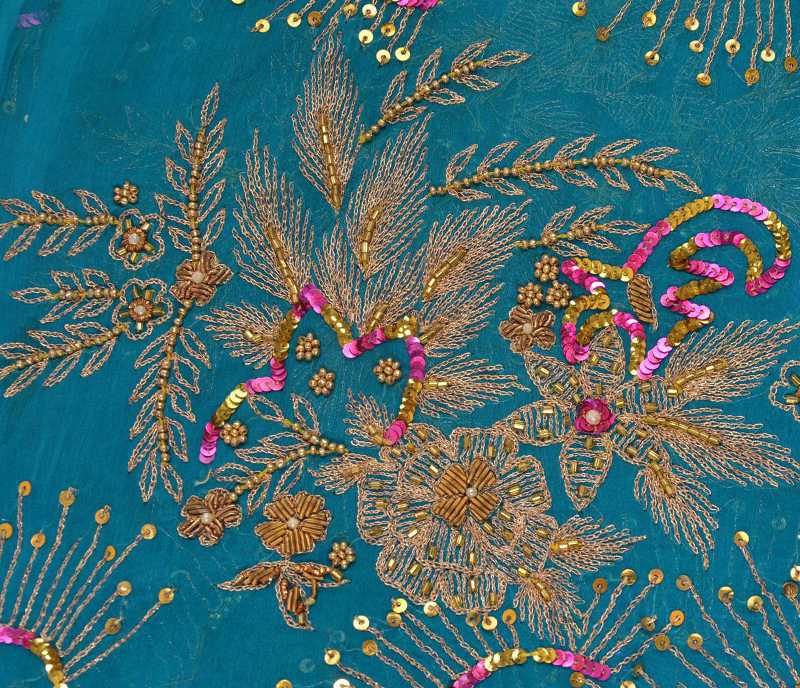===
1679,
4
===

=== |
 |
tabaḳhtur : 'Walking with a proud and self-conceited gait, strutting; inclining from side to side in walking'. (Platts p.308)
mirzāʾī : 'The behaviour or manners of a mirzā ; gentility; princeliness; princedom; —arrogance'. (Platts p.1023)
ḳhāt̤ir : ''Whatever occurs to or passes in the mind,' cogitation, thought, suggestion; memory, remembrance;—mind, soul, heart; inclination, propensity; affection, regard, favour; pleasure, satisfaction; will, choice'. (Platts p.484)
FWP:
SETS == KYA
MOTIFS
NAMES
TERMSSRF is certain that it's the 'colorfulness' of the flowers that is the source of their pride, and their ephemeralness that permits their arrogance to be discounted. But neither of these points is made in the verse itself.
For perhaps the beloved has simply remarked on the beauty of the garden. In response she's being reminded by the speaker that she herself is the source of all springtimes, the envy and despair of every flower in the garden. Does she really need to be reassured about this, when so many verses make it clear over and over again, and none contradict it? Just for one example out of many, consider
{7,11},
in which the beloved barely takes the trouble to stroll in the garden, yet she drives the rose and the cypress mad with envy, to the point of actually enslaving them with her beauty. This is the almost invariable hierarchy-- the beloved is primary, the flowers secondary. It's hard to believe that she could really doubt it.